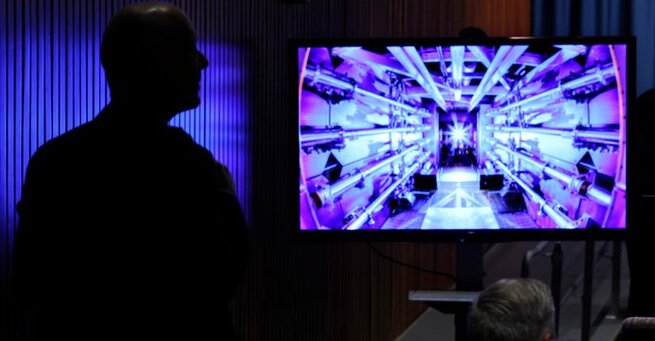Alerts

The US has a new roadmap for fusion energy, without the funds to back it up — and that’s sparking debate across the energy sector. The Department of Energy (DOE) recently unveiled its ambitious plan to turn fusion power from a scientific dream into a commercial reality. But while the roadmap sets bold goals for the 2030s, it also admits the biggest barrier ahead: money.
The DOE’s new plan lays out a national strategy to accelerate fusion research and development, partnering with private companies and research institutions. The roadmap highlights the promise of fusion — the same process that powers the sun — as a clean, virtually limitless source of energy.
But the fine print reveals a major issue. Despite the excitement, the roadmap doesn’t come with the funding needed to turn its vision into reality. That means the path toward building the first generation of fusion power plants remains uncertain.
Interestingly, the DOE’s fusion roadmap ties part of its urgency to artificial intelligence. The department points to AI both as a potential accelerator for new scientific breakthroughs and as one of the main reasons for the push toward fusion energy. As AI models and data centers consume more electricity, the demand for sustainable, high-output power sources has skyrocketed.
Still, while AI may inspire innovation, it won’t solve the funding gap that’s stalling large-scale fusion efforts.
According to the DOE, the goal is to deploy commercial-scale fusion power to the electrical grid by the mid-2030s. On paper, that sounds groundbreaking. However, the roadmap’s details remain fuzzy, and the plan hinges on achieving scientific milestones that have eluded researchers for decades.
Even the DOE acknowledges that the roadmap “aims to deliver the public infrastructure that supports the fusion private sector scale-up in the 2030s,” which is far from guaranteeing actual power generation within that window.
Across the US, a growing number of fusion startups are racing to make progress — from magnetic confinement systems to laser-based fusion experiments. These innovators are eager to contribute, but they need federal support to keep the momentum going. Many in the industry argue that without significant public investment, the US risks falling behind other nations that are pouring billions into fusion research.
Fusion power has long been seen as the ultimate clean energy goal — capable of providing near-infinite energy without carbon emissions. Yet, while countries like the UK, Japan, and South Korea invest heavily in fusion technology, the US remains at a crossroads.
The new DOE roadmap is a step in the right direction, but without adequate funding, the vision could remain just that — a vision.
The US has a new roadmap for fusion energy, without the funds to back it up, and that contradiction underscores a growing tension in America’s clean energy ambitions. Without the necessary investment, the dream of powering homes with fusion by the 2030s may stay out of reach — no matter how detailed the roadmap or how promising the science.
𝗦𝗲𝗺𝗮𝘀𝗼𝗰𝗶𝗮𝗹 𝗶𝘀 𝘄𝗵𝗲𝗿𝗲 𝗿𝗲𝗮𝗹 𝗽𝗲𝗼𝗽𝗹𝗲 𝗰𝗼𝗻𝗻𝗲𝗰𝘁, 𝗴𝗿𝗼𝘄, 𝗮𝗻𝗱 𝗯𝗲𝗹𝗼𝗻𝗴. We’re more than just a social platform — from jobs and blogs to events and daily chats, we bring people and ideas together in one simple, meaningful space.
